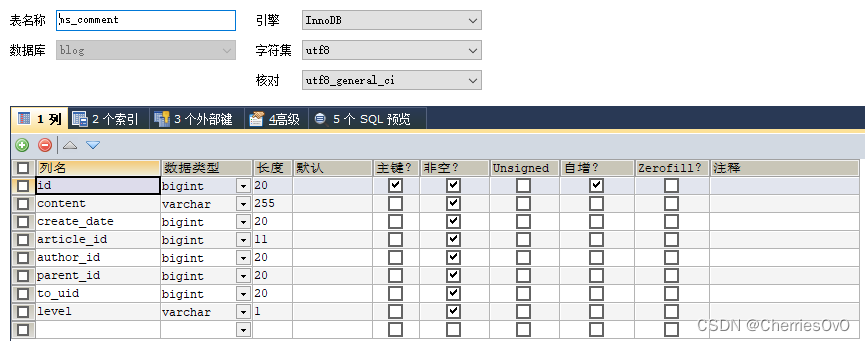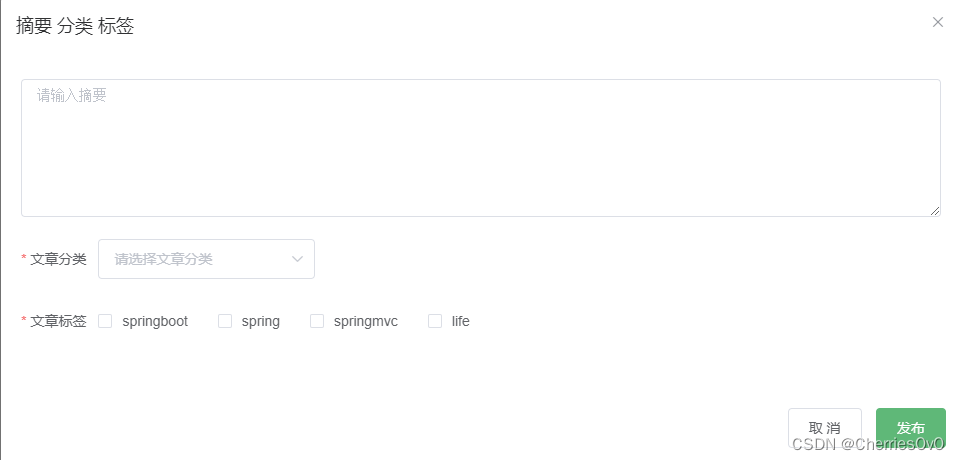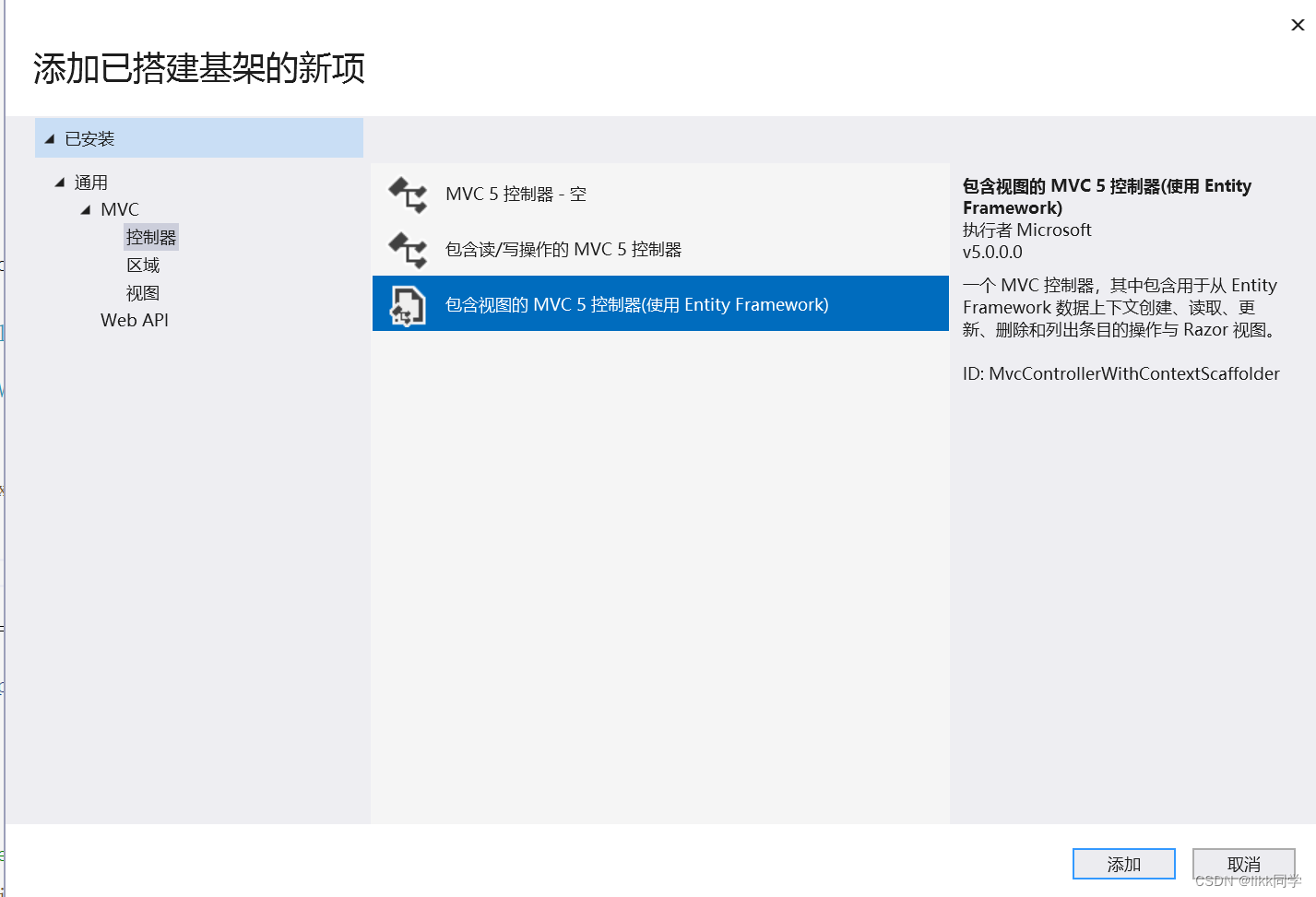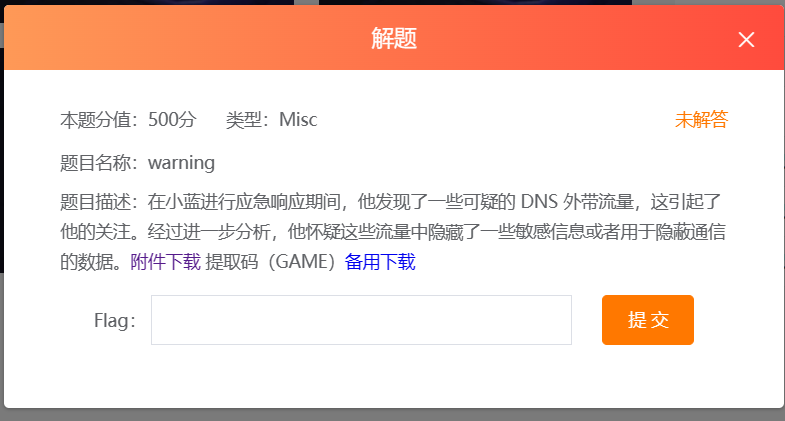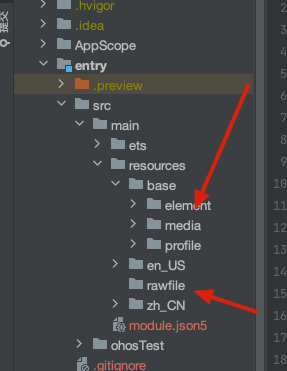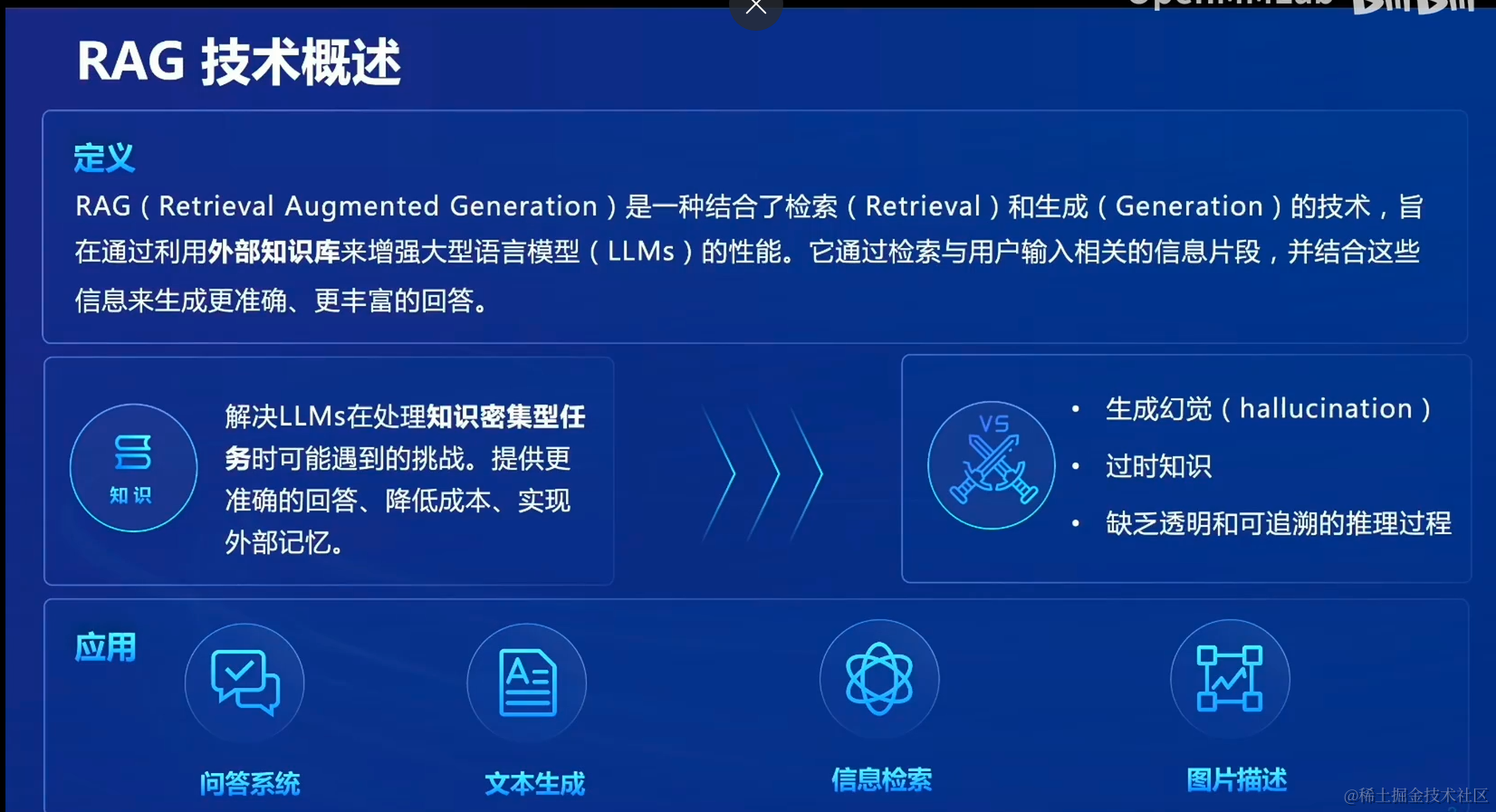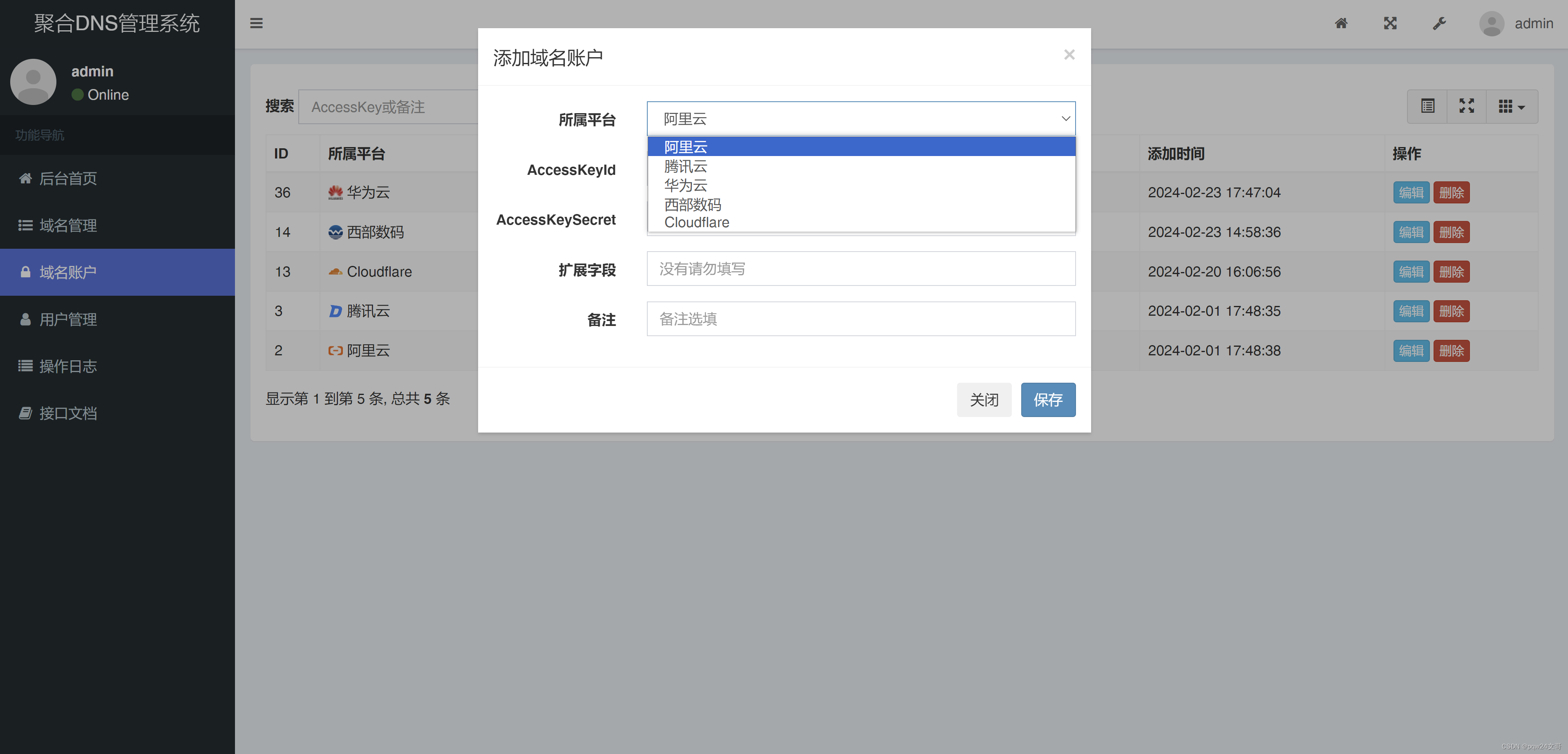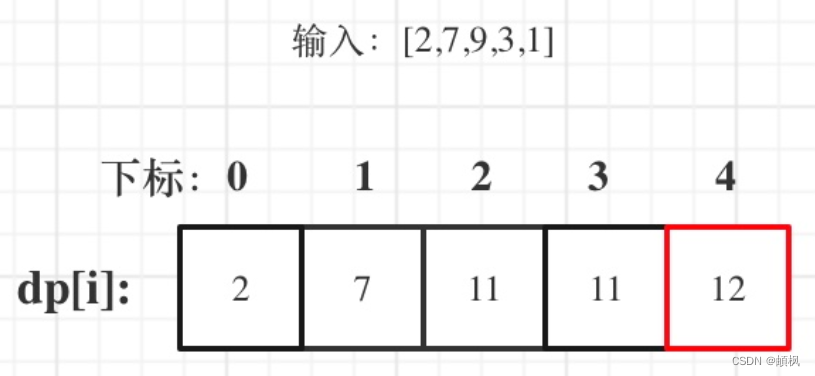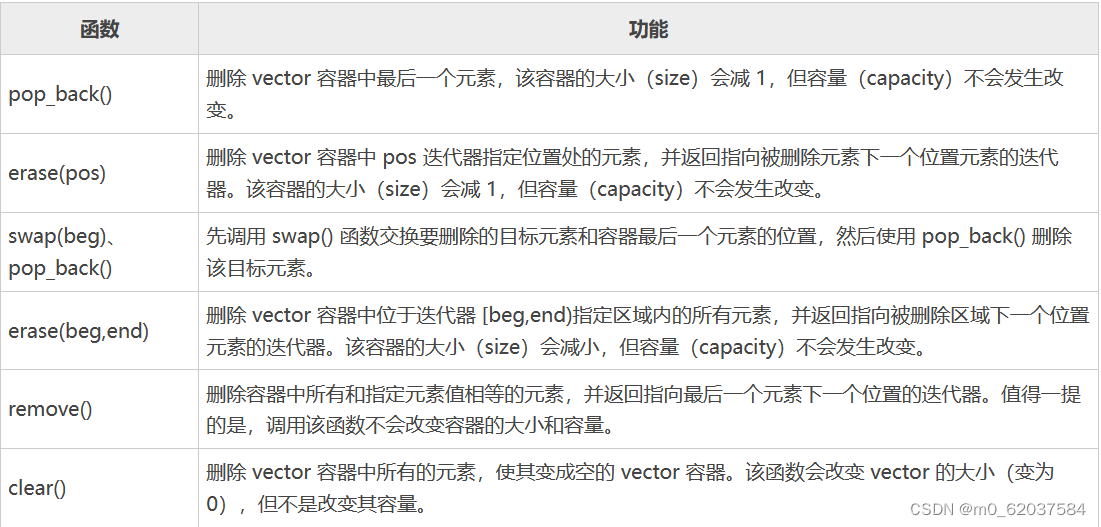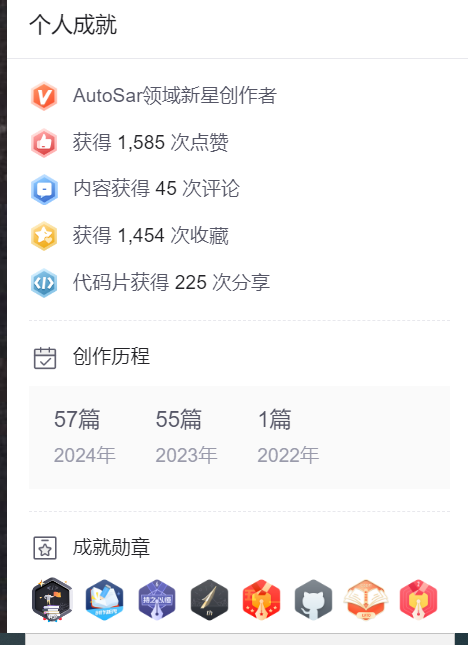1. 归档文章列表
1.1 接口说明
接口url:/articles
请求方式:POST
请求参数:
| 参数名称 | 参数类型 | 说明 |
|---|---|---|
| year | string | 年 |
| month | string | 月 |
返回数据:
{
"success": true,
"code": 200,
"msg": "success",
"data": [文章列表,数据同之前的文章列表接口]
}
1.2 文章列表参数
新增参数:
private String year;
private String month;
月份特殊处理:6月——>06月
public String getMonth(){
if (this.month != null && this.month.length() == 1){
return “0”+this.month;
}
return this.month;
}
package com.cherriesovo.blog.vo.params;
import lombok.Data;
@Data
public class PageParams {
private int page = 1;
private int pageSize = 10;
private Long categoryId;
private Long tagId;
private String year;
private String month;
public String getMonth(){
if (this.month != null && this.month.length() == 1){
return "0"+this.month;
}
return this.month;
}
}
1.3 使用自定义sql 实现文章列表
ArticleMapper:
listArticle():根据给定的条件查询文章,并且支持分页功能:
page: 这是一个分页对象,用于指定查询的页码和每页显示的数据量。categoryId: 要查询的文章所属的分类 ID。tagId: 要查询的文章关联的标签 ID。year: 要查询的文章的发布年份。month: 要查询的文章的发布月份。这个方法会返回一个分页后的文章列表。
IPage<Article> listArticle(Page<Article> page,
Long categoryId,
Long tagId,
String year,
String month);
**ArticleServiceImpl:**重写方法listArticlesPage()
IPage<Article>是 MyBatis-Plus 框架中用于分页查询结果的接口。它表示了一个分页后的文章列表,包括了查询结果的分页信息和实际的文章数据列表。在这个接口中,可以通过以下方法获取分页信息和文章列表:
getRecords(): 获取当前页的文章列表。getTotal(): 获取符合查询条件的总文章数。getCurrent(): 获取当前页码。getPages(): 获取总页数。getSize(): 获取当前页的文章数量。hasNext(): 是否有下一页。hasPrevious(): 是否有上一页。
@Override
public List<ArticleVo> listArticlesPage(PageParams pageParams) {
//创建了一个用于分页查询的 Page 对象
Page<Article> page = new Page<>(pageParams.getPage(),pageParams.getPageSize());
IPage<Article> articleIPage = this.articleMapper.listArticle(//调用 listArticle 方法来查询文章
page,
pageParams.getCategoryId(),
pageParams.getTagId(),
pageParams.getYear(),
pageParams.getMonth());
List<Article> records = articleIPage.getRecords();
List<ArticleVo> articleVoList = copyList(records,true,false,true);
return articleVoList;
}
ArticleMapper.xml:
<resultMap id="articleMap" type="com.cherriesovo.blog.dao.pojo.Article">
<id column="id" property="id" />
<result column="author_id" property="authorId"/>
<result column="comment_counts" property="commentCounts"/>
<result column="create_date" property="createDate"/>
<result column="summary" property="summary"/>
<result column="title" property="title"/>
<result column="view_counts" property="viewCounts"/>
<result column="weight" property="weight"/>
<result column="body_id" property="bodyId"/>
<result column="category_id" property="categoryId"/>
</resultMap>
<select id="listArticle" resultMap="articleMap">
select * from ms_article
<where>
1 = 1
<if test="categoryId != null">
and category_id = #{categoryId}
</if>
<if test="year != null and year.length>0 and month != null and month.length>0">
and ( FROM_UNIXTIME(create_date/1000,'%Y') = #{year} and FROM_UNIXTIME(create_date/1000,'%m') = #{month} )
</if>
<if test="tagId != null">
and id in (select article_id from ms_article_tag where tag_id=#{tagId})
</if>
</where>
order by weight desc,create_date desc
</select>
1.4 测试
2. 统一缓存处理(优化)
内存的访问速度 远远大于 磁盘的访问速度 (1000倍起)
使用AOP开始优化
切点:
package com.cherriesovo.blog.common.cache;
import java.lang.annotation.*;
@Target({ElementType.METHOD}) //表明这个 Cache 注解只能用于方法上
@Retention(RetentionPolicy.RUNTIME) //表示 Cache 注解的生命周期为运行时
@Documented //Cache 注解应该被 javadoc 工具记录
public @interface Cache {
long expire() default 1 * 60 * 1000; //缓存的过期时间,单位为毫秒,默认值为 1 分钟
String name() default ""; //缓存标识,用于区分不同的缓存数据。默认为空字符串
}
Method method = pjp.getSignature().getDeclaringType().getMethod(methodName, parameterTypes);
通过反射获取切点方法对应的
Method对象。
pjp.getSignature().getDeclaringType(): 首先通过pjp.getSignature()获取切点方法的签名信息,然后调用getDeclaringType()方法获取声明该方法的类的Class对象。getMethod(methodName, parameterTypes): 在获取到声明该方法的类的Class对象后,调用getMethod()方法获取指定方法名和参数类型的Method对象。这个方法需要传入两个参数,第一个是方法名methodName,第二个是参数类型数组parameterTypes。这行代码的作用是获取切点方法对应的
Method对象,可以通过该对象进行一些反射操作,比如调用方法、获取方法的修饰符等。
package com.cherriesovo.blog.common.cache;
import com.alibaba.fastjson.JSON;
import com.cherriesovo.blog.vo.Result;
import lombok.extern.slf4j.Slf4j;
import org.apache.commons.codec.digest.DigestUtils;
import org.apache.commons.lang3.StringUtils;
import org.aspectj.lang.ProceedingJoinPoint;
import org.aspectj.lang.Signature;
import org.aspectj.lang.annotation.Around;
import org.aspectj.lang.annotation.Aspect;
import org.aspectj.lang.annotation.Pointcut;
import org.springframework.beans.factory.annotation.Autowired;
import org.springframework.core.annotation.AliasFor;
import org.springframework.data.redis.core.RedisTemplate;
import org.springframework.data.redis.core.StringRedisTemplate;
import org.springframework.stereotype.Component;
import java.lang.reflect.Method;
import java.time.Duration;
//AOP定义一个切面,切面定义了切点和通知的关系
@Aspect
@Component
@Slf4j
public class CacheAspect {
@Autowired
private RedisTemplate<String, String> redisTemplate;
//切点,匹配带有 @Cache 注解的方法
@Pointcut("@annotation(com.cherriesovo.blog.common.cache.Cache)")
public void pt(){} //切点的实际定义,名称为 pt。它没有参数和实现,因为它只是用来定义切点,而不执行任何实际的逻辑。
//通知,通知关联了切点
@Around("pt()")
public Object around(ProceedingJoinPoint pjp){
try {
Signature signature = pjp.getSignature(); //获取了切点方法的签名信息
//获取了切点方法所属类的简单类名
String className = pjp.getTarget().getClass().getSimpleName();
//获取了切点方法的方法名
String methodName = signature.getName();
//定义了一个数组用于存储切点方法的参数类型。pjp.getArgs() 返回的是切点方法的参数列表,通过遍历参数列表,可以逐个获取参数的类型,并存储到 parameterTypes 数组中。
Class[] parameterTypes = new Class[pjp.getArgs().length];
Object[] args = pjp.getArgs(); //获取了切点方法的参数值列表
//将切点方法的参数值转换为字符串,并且将参数的类型存储到 parameterTypes 数组中。
String params = ""; //参数
for(int i=0; i<args.length; i++) {
if(args[i] != null) {
params += JSON.toJSONString(args[i]); //将参数值追加到 params 字符串后面
parameterTypes[i] = args[i].getClass();
}else {
parameterTypes[i] = null;
}
}
if (StringUtils.isNotEmpty(params)) {
//加密 以防出现key过长以及字符转义获取不到的情况
params = DigestUtils.md5Hex(params);
}
Method method = pjp.getSignature().getDeclaringType().getMethod(methodName, parameterTypes);
//获取方法上的Cache注解
Cache annotation = method.getAnnotation(Cache.class);
//从注解中获取缓存过期时间
long expire = annotation.expire();
//从注解中获取缓存名称
String name = annotation.name();
//先从redis获取数据
String redisKey = name + "::" + className+"::"+methodName+"::"+params; //唯一标识缓存中的数据
//通过 Redis 模板的 opsForValue() 方法获取了一个操作字符串的操作对象,并调用了 get(redisKey) 方法,尝试从 Redis 中 根据 redisKey 获取对应的缓存数据。
String redisValue = redisTemplate.opsForValue().get(redisKey);
if (StringUtils.isNotEmpty(redisValue)){
log.info("走了缓存~~~,{},{}",className,methodName);
//将获取到的 JSON 格式的字符串 redisValue 解析为 Result 类型的对象返回
return JSON.parseObject(redisValue, Result.class);
}
//在缓存未命中时,执行方法的实际逻辑并将结果存入 Redis 缓存中
Object proceed = pjp.proceed();
redisTemplate.opsForValue().set(redisKey,JSON.toJSONString(proceed), Duration.ofMillis(expire));
log.info("存入缓存~~~ {},{}",className,methodName);
return proceed;
} catch (Throwable throwable) {
throwable.printStackTrace();
}
return Result.fail(-999,"系统错误");
}
}
使用(对最热文章进行缓存处理):
在想要添加缓存的接口上添加:@Cache(expire = 5 * 60 * 1000,name = “hot_article”)
@PostMapping("hot")
@Cache(expire = 5 * 60 * 1000,name = "hot_article") //指定了缓存的过期时间 5 分钟
public Result hotArticle(){
int limit = 5;
return articleService.hotArticle(limit);
}

